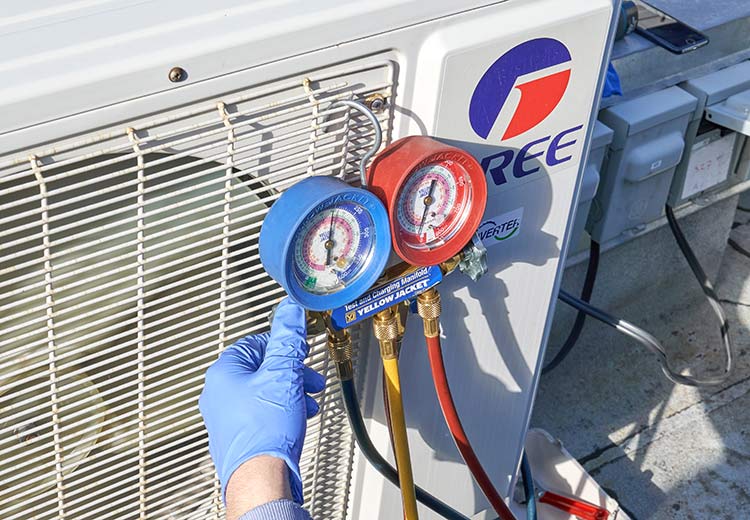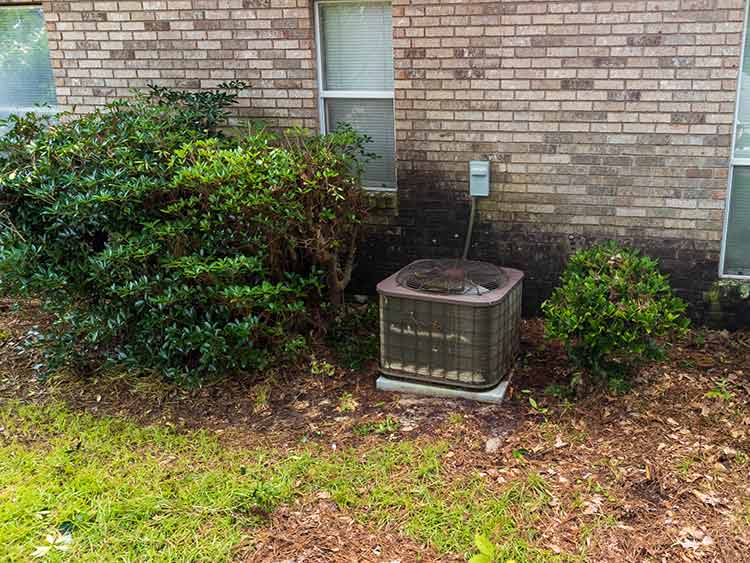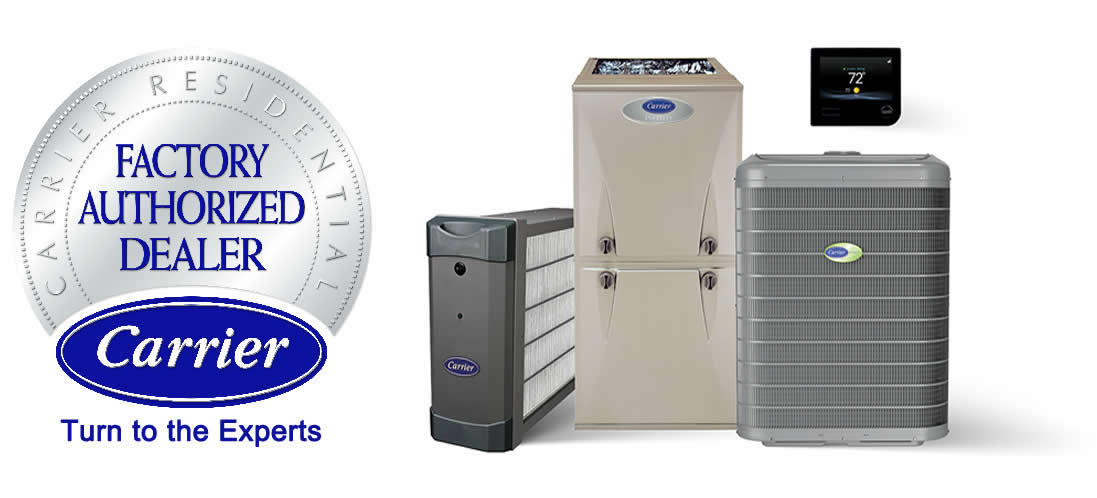Indoor Air Quality: A Hidden Health Hazard in American Homes
In an alarming revelation, the Environmental Protection Agency (EPA) has reported that the air quality inside the average American home is five times more polluted than the air outdoors. This striking statistic underscores a largely unseen health risk lurking in our homes, propelled by a mix of dander, pollen, dust mites, and other irritants.
The concept of Indoor Air Quality (IAQ) is at the forefront of this issue, referring to the air quality within buildings and structures, particularly as it pertains to the health and comfort of occupants. Despite its innocuous appearance, indoor air quality is a significant concern for homeowners, with the potential to trigger a range of health problems.
Key indoor pollutants include dust and pet dander allergens, with dust mites — microscopic bugs residing in carpets, bedding, and upholstery — being a major contributor. Invisible to the naked eye, these bugs can severely impact health, especially among vulnerable groups such as children, the elderly, and those with allergies or asthma. Similarly, pet dander, the dead skin cells from animals, clings to surfaces and embeds itself into household nooks, posing prolonged health risks.
Another major concern is the presence of Volatile Organic Compounds (VOCs) in homes. These toxic airborne chemicals, emitted from paints, aerosols, and cleaning products, can lead to short and long-term health effects including irritation of the eyes, nose, and throat, nausea, and damage to vital organs.
Adding to these pollutants are bacteria, germs, and viruses, which have become a focal point of concern in light of the COVID-19 pandemic. The spread of viruses in enclosed spaces and the thriving of bacteria in such environments can lead to serious health conditions, with some strains of bacteria producing toxins capable of damaging cells and the immune system.
The consequences of poor indoor air quality are extensive, ranging from nausea and dizziness to more severe issues like respiratory infections and asthma. The EPA’s statement that indoor air is one of the top five environmental health risks is a stark reminder of the severity of the situation.
In response to these findings, experts suggest homeowners test their indoor air quality. Key tests include checking for lead in older homes, radon gas, carbon monoxide, and mold spores. Carbon monoxide, known as “The Silent Killer,” is particularly dangerous due to its odorless and colorless nature.
To combat these risks, Climatrol Air, a team of certified and licensed HVAC technicians, offers customized solutions to improve home air quality. The integration of air purification technologies such as Lennox PureAir™ and Phenomenal Aire Cold Plasma Generator into HVAC systems is being touted as a critical step in mitigating the health risks associated with poor indoor air quality.
As homeowners become increasingly aware of the hidden dangers of indoor air pollution, the demand for effective solutions to ensure a healthy living environment continues to rise.








